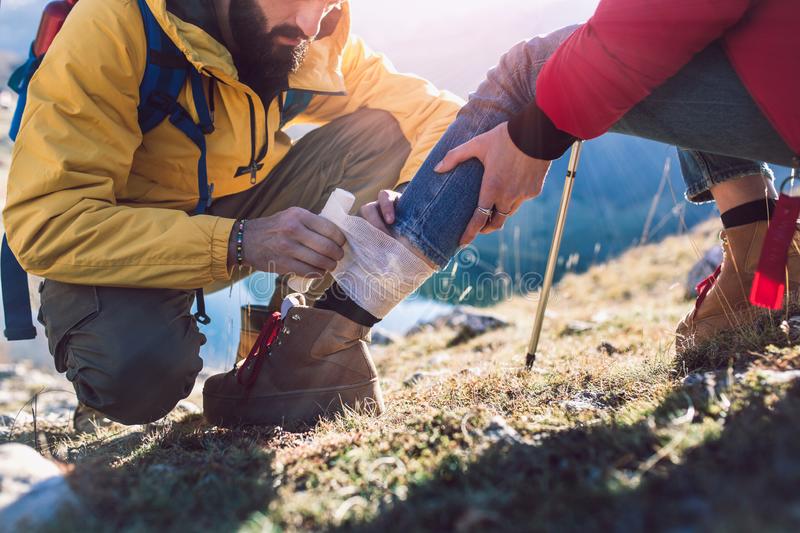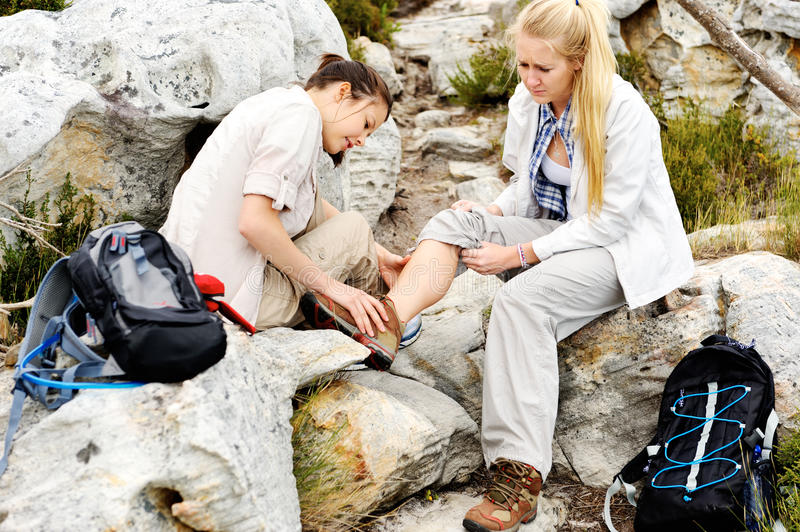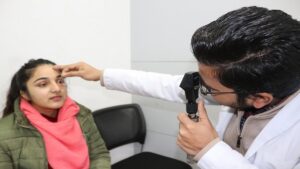
Unfortunately, injuries when hiking are inevitable, so it is important not only to know how to prevent them but also to know how to treat them. No matter how hard you work, you cannot prevent all the dangers in life. And the luck factor in the equation during the hike. To help you out, we have listed the 5 most common injuries when hiking and first aid methods.
Blister
A blister is one of the most common injuries when hiking, caused by friction between the skin and inappropriate socks and/or shoes.
It is also important to keep your feet dry to avoid foaming. To do this, make sure you have two or three spare socks so that you can replace them when you pierce through the swamp. However, please make sure that you have a spare backpack in your backpack to keep it away from moisture.
Its First Aid
When you have a bladder (which we all encounter), you can act quickly to avoid unnecessary discomfort and prevent the bladder from getting worse.
If you have a sterile needle on hand, push out the blister and let it dry. Apply a disinfectant, and then use it in combination to minimize the risk of infection. I do not recommend peeling and cutting leather, although there are different opinions related to this practice. You are unlikely to use sterile needles when hiking. Don’t try to blast the bladder with unsterilized things, otherwise, you are at risk of infecting the wound. Put on plaster or wrap it tightly with a bandage to prevent further irritation from friction.

Sprains
The most common type of sprain when hiking is an ankle sprain. Prevention of this one of the most common injuries when hiking is simple. Good hiking shoes have strong ankle support and be careful when placing your feet on uneven ground. Walking sticks are also a good choice because they provide extra stability when walking. As I mentioned in my previous opinion on blisters, it is recommended that you only wear shoes or cross-country skiers, provided that the path is safe and allows, and does not excessively increase the risk. Of course, it was a sprain.
Its First Aid
Sprains are an integral part of hiking, no matter how careful you are.If you sprained while hiking, follow the RICE procedure:
- Rest immediately removes all heavy objects from the sprained ankle as this may further damage it.
- Ice-You may not have an ice bag to heal this migration damage. Instead, there are three ways to repeat this step:
- Use snow to cool damage.
- Immerse the ankle in cold water, such as B. In a river or stream.
- Soaked a trash shirt and wrapped it around his swollen ankle. Compression
- Use elastic bandages or other unnecessary shirts for compression. Make sure that the bandage is too tight and does not affect blood flow.
- Ascent-Raise the ankle above the injured person’s heart.
Cuts
Most injuries when hiking such as cuts can occur at any time when hiking. They’re hard to prevent, but they’re typically not life-threatening, either.
When walking on uneven ground or driving through bushes, please be careful not to fall to avoid cutting branches and thorns.

Its First Aid
Treats small wounds by simply disinfecting and bandaging the wound. Large wounds and some injuries when hiking may require the use of a hemostatic tape to stop bleeding. Use a belt or unneeded clothing and tie it to the wound. Keep a record of how long the tourniquet has been worn so that the medical personnel will know how long it has been worn in the future.
Hyperthermia
As you walk in hot weather, your body temperature rises in Hyperthermia.In hot weather, drink plenty of water and wear a hat to prevent the sun from shining on your head. Avoiding packaging and applying sunscreen in the summer is equally important. There is nothing worse than recovering from the heat and getting a sunburn in the next few days. In addition, it will only worsen any hyperthermia and may increase recovery time.
Its First Aid
The evidence of these recurring injuries when hiking is critical. Hyperthermia is divided into three stages, each stage is much more serious than the previous stage. First, you will experience muscle cramps-a mild discomfort, usually related to walking, rather than fever and dehydration. However, if you do not start to correct this condition with hydration and body temperature, the situation will become more serious. Next comes heat exhaustion, which is the first real stage of hyperthermia. This is when things get serious. When your condition becomes particularly serious. You will experience heat stroke, which is extremely dangerous and life-threatening.
Sunburn
For adequate sun protection, you should always carry at least one sunscreen with SPF 25 in your backpack. Don’t forget, on hot but cloudy days, you can also burn through the clouds!
Its First Aid
Though not one of the serious injuries when hiking, Sunburn while hiking can make people feel pain and be a bit annoying.
Treatment includes ice packs or wet cloth/clothing. Aloe Vera and other after-sun products can have a cooling effect on the skin and prevent the skin from drying out and peeling. Don’t load your shoulder when putting on your backpack the next day!
Refer to this article provides tips and accessories to help you deal with some common injuries when hiking. Remember never to forget to have a basic first aid kit on hand when hiking which you can easily buy online with lots of discount codes to save you money on your purchase.




